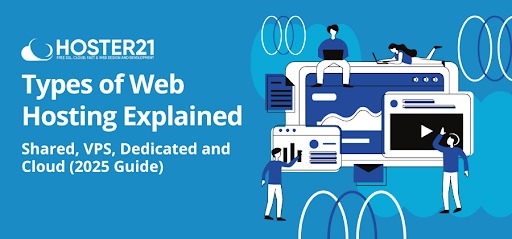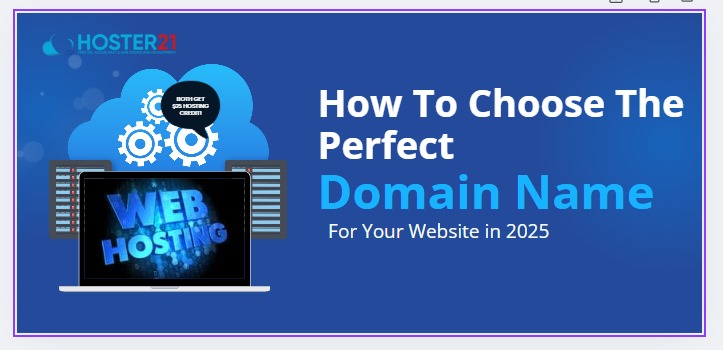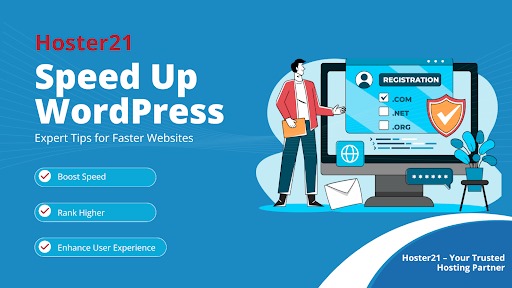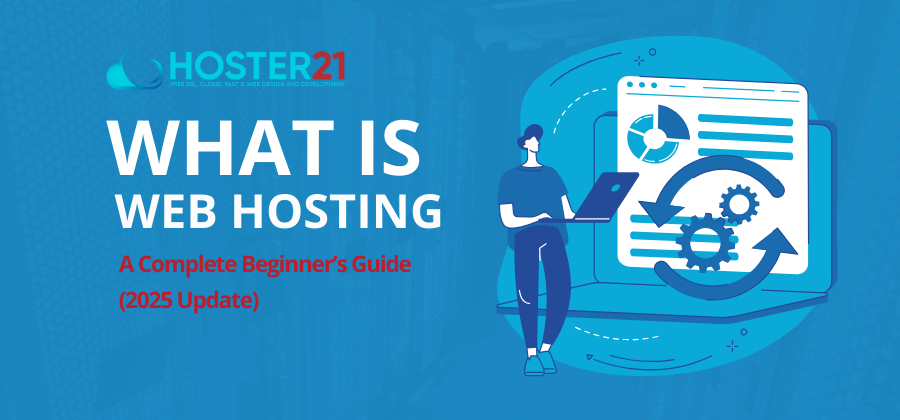Creating a website may seem like a Herculean task, but trust me, with WordPress, it is easier said than done. Whether you want to have a blog, showcase a portfolio, or start an e-store, WordPress offers the most helpful user-friendly platform to bring life to your ideas. Here is a step-to-step guide to help you create your own website easily.
Step 1: Select Your Domain and Hosting
- Select a Domain Name: Finally, select something catchy and relevant for your content. You can use the following domain registrars, such as GoDaddy, Namecheap, or Bluehost, to check its availability.
- Choose a Webhost: You want to be able to choose a webhost that specializes in WordPress, like Bluehost, SiteGround, or WP Engine. Many of these offer one-click WordPress installations, so you won’t have to lose any sleep over problems associated with your installation.
Step 2: Install WordPress
Now that you have your domain and your hosting all set up, let’s install WordPress.
- Log into your hosting account and look for your control panel. Find the WordPress installer in this area.
- One Click Install: Click the WordPress icon and follow prompts to put it on your domain. You will assign admin user name and password during this process.
Step 3: Choose a Theme
The theme your website is running determines how it looks and feels. Here’s how to find one that’s just right:
- Go to the WordPress Theme Repository: under the theme or themes menu on your WordPress dashboard, you will be directed to a repository section from where you can browse free themes or upload premium ones.
- Install and Activate Your Theme: Once you’ve found a theme you like, click “Install,” then “Activate.” Other adjustments are available from “Appearance” > “Customize”.
Step 4 Customize Your Site
Customizing your site is essential in terms of branding. Customization essentials include the following:
- Site Identity: Under “Customize,” define your site’s title, tagline, and upload a logo of your preference.
- Menus: Create a navigation menu by navigating to “Appearance” > “Menus.” You can add pages and arrange them in any order that suits you.
- Widgets: Add functionality to your site by getting to “Appearance” > “Widgets.” You can add a recent posts widget, or a search bar widget, or social media link widget.
Step 5: Add necessary plugins
Plugins add functionalities to your WordPress site. A few vital additions include the following plugins:
- Yoast SEO
WooCommerce-If you want to set up an online store, use the plugin to set up goods and payment systems. - Wordfence Security An important addition to keep your site secure from hackers.
- Elementor: A drag-and-drop page builder that makes designing pages a breeze.
- Installing plugins can be found under “Plugins” > “Add New,” where you search for the plugin you want, click on “Install Now,” and then “Activate.”
Step 6: Add Content
Time to add content to your site:
- Add Pages: Under “Pages” select “Add New” to create static pages such as a Home, About, and Contact.
- Start a Blog: If you’re going to blog, go to “Posts” > “Add New” to share your thoughts and expertise.
- Use Media: Add images, videos, and all other multimedia elements that can enrich your content. You upload these in the “Media” section.
Step 7: Configure Settings
Your website probably requires some settings to be tweaked. Mark these settings off the checklist:
- General Settings: From the left-hand menu, go to Settings > General and set your site title, tagline, and timezone.
- Reading Settings: Under Settings > Reading, you will have a number of options for determining what to display on the home page of your blog. You have the option of your last posts or a static page.
- Permalinks: You may want to alter the permalink structure for better SEO by changing it under “Settings” > “Permalinks.” “Post name” is usually the best option there.
Step 8: Launch Your Site
You’ve customized and populated the site. Now, it’s launch time:
- Check Your Site: Every thing should now work as expected, and look great on both desktop and mobile.
- Remove “Coming Soon” Page: If your hosting provider installed a coming soon page, be sure to disable it so the whole website is revealed.
- Promote your website on social media and use SEO strategies to attract visitors to your website.





